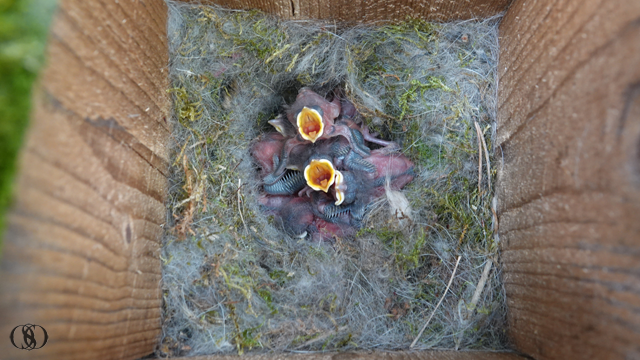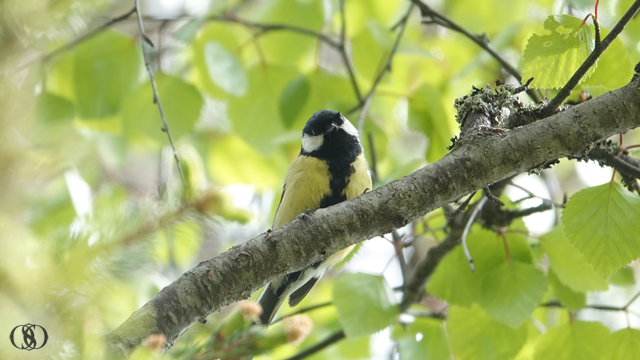If you found your way here from the picture exhibition organized as part of the Researchers’ Night at the University of Oulu, welcome! If not, welcome anyway! This blog post will give a short summary regarding the what and how of my research – other parts of my blog contain, or will in the future provide, more information concerning the details.
The focus of my research is essentially to find out what certain small forest birds eat. While a simple question, for a long time it has been surprisingly difficult to study, and the answers have surprisingly large consequences for our understanding of the natural world.
Five bird species are included in this research: the crested tit (töyhtötiainen, Lophophanes cristatus), willow tit (hömötiainen, Poecile montanus), blue tit (sinitiainen, Cyanistes caeruleus), great tit (talitiainen, Parus major), and pied flycatcher (kirjosieppo, Ficedula hypoleuca). Although all of these are common in the forests near Oulu where the research takes place, populations of the first two species have been declining in Finland over the last decades, and they are both placed on the Red List nowadays. In contrast, some of the other birds have only been spreading to northern Finland in the recent decades, and their populations appear to be thriving. In part, my research is about understanding the reasons for these differences.

Willow tit (hömötiainen, Poecile montanus)
On a larger scale, this research tries to understand the impact of climate change on local forest ecosystems. Changes in weather and temperatures will affect many organisms very differently, and the effects on a complex, interconnected ecosystem are difficult to predict. The studied birds are thought to synchronize the timing of their nesting behaviour with the peak availability of caterpillars (their favoured prey) in spring. As spring temperatures increase, the insects will shift their timing forwards, and the question is if their predators, including our birds, will adjust and start their nesting behaviour earlier in spring too. If not, a lack of available food will make it difficult for the birds to feed their hungry young — an illustration of countless similar changes happening globally. Combined with shifting distributions of many species as temperatures increase, local nature will be altering considerably in the coming decades. To better understand how, we first have to describe what is happening now.

Great tit (talitiainen, Parus major) chicks inside a nest box
To find out how the studied species are interacting — mostly, who is eating what — we start by visiting the nests of our local birds, and then simply collect some poo from their chicks. (Like baby humans, the small birds provide this quite easily.) From these samples, we extract insect DNA, and then read these DNA sequences with some fancy technology. These sequences can then be compared to a reference database, allowing us to attach species names to them. This way, we can find out exactly which insect prey the birds have been feeding to their young. Once we know this, we can start looking for interesting patterns: do the diets differ across the year, between years, and between bird species? What do the consumed insects tell us about the habitat the birds use and need? Are certain diets connected to healthier offspring? Have important prey been declining or growing more abundant locally in recent decades? And so on! Understanding the connections in ecosystems is fundamental to understanding nature, and modern DNA-based methods are enabling us to explore questions that would have been difficult, if not impossible, to answer previously.
And that about sums it up for now!

Great tit (talitiainen, Parus major), adult
